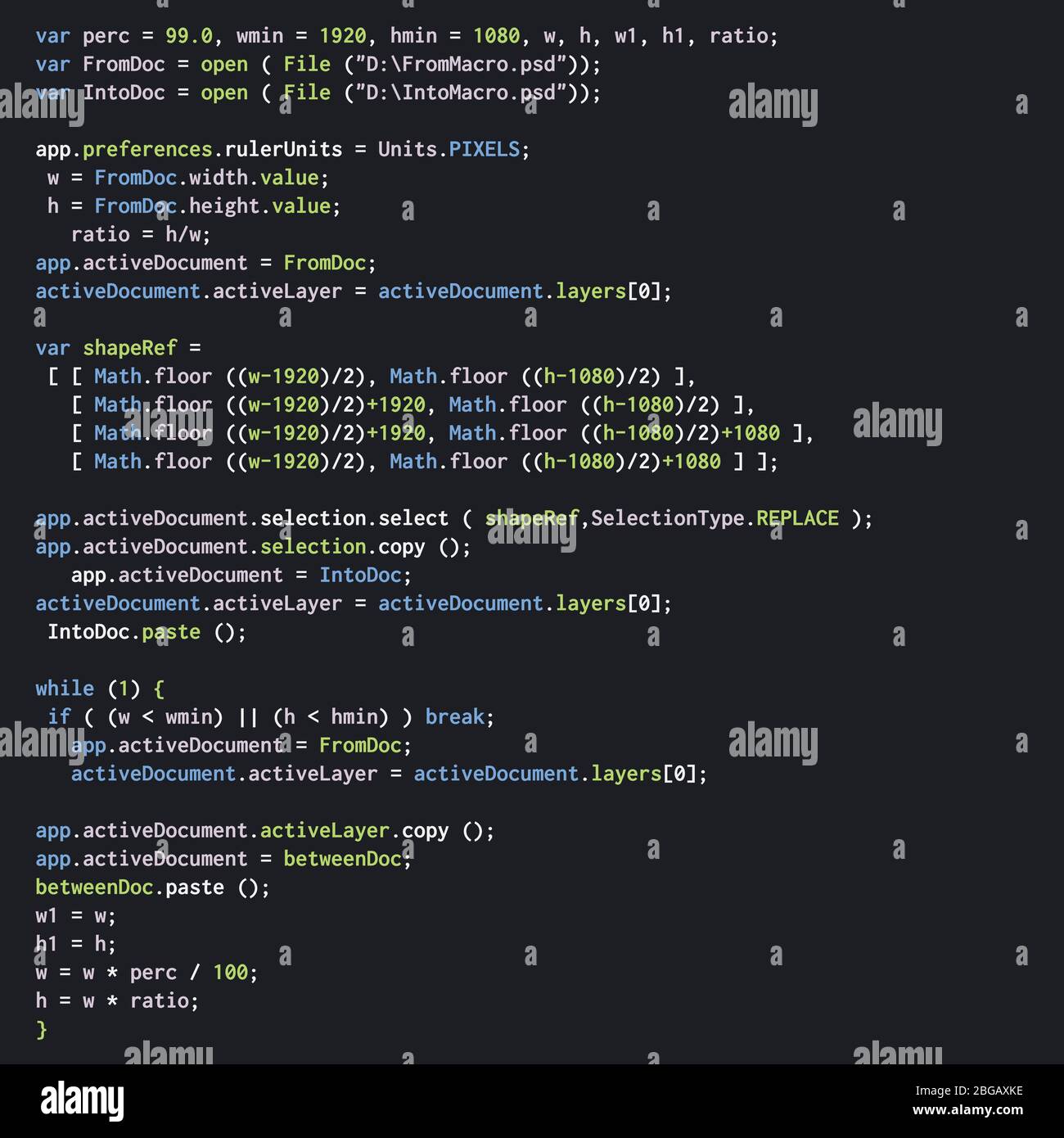Blitz News Digest
Stay updated with the latest trends and insights.
Code Crafters: Building Dreams One Line at a Time
Unlock your coding potential! Join Code Crafters to transform your dreams into reality, one line of code at a time.
Top 10 Coding Languages Every Aspiring Developer Should Learn
In today's tech-driven world, the demand for skilled developers continues to grow, making it essential for aspiring programmers to choose the right coding languages to learn. Among the myriad of programming languages available, some stand out for their versatility, community support, and applicability across various domains. Here are the Top 10 Coding Languages every aspiring developer should consider:
- Python - Renowned for its readability and simplicity, making it ideal for beginners and experienced developers alike.
- JavaScript - The cornerstone of web development, essential for creating interactive websites and web applications.
- Java - A robust language favored for enterprise-level applications, known for its portability across platforms.
- C# - A versatile language developed by Microsoft, widely used in game development and desktop applications.
- Ruby - Known for its elegant syntax, it powers popular web frameworks like Ruby on Rails.
- PHP - A widely-used language primarily for server-side web development.
- C++ - Essential for systems programming and applications where performance is a critical factor.
- Swift - The go-to language for iOS app development, known for its user-friendly syntax.
- Go - Developed by Google, it excels in building efficient and reliable software systems.
- Kotlin - A modern language for Android development that offers interoperability with Java.

How to Turn Your Ideas into Reality: A Step-by-Step Guide to Coding Projects
Turning your ideas into reality through coding projects can be an incredibly rewarding experience. Start by brainstorming and jotting down all your ideas. Once you have a list, prioritize them based on feasibility and interest. Choose a project that excites you and feels achievable. Research the necessary tools and languages you'll need for implementation. Whether it's JavaScript, Python, or another language, having a clear understanding of the tools at your disposal can set a strong foundation for your project.
After selecting your project, break it down into manageable steps. Create an ordered list of features you want to include, and tackle them one at a time. Set milestones to track your progress and make adjustments to your plan as necessary. Don't forget to seek feedback from others; sharing your ideas with friends or online communities can provide valuable insights and motivation. Remember, turning your ideas into reality is a journey, and with persistence and the right approach, you'll be amazed at what you can achieve!
What is the Importance of Code Crafting in Modern Software Development?
Code crafting plays a pivotal role in modern software development, as it bridges the gap between functionality and maintainability. In an age where software is integral to nearly every aspect of business and daily life, the quality of code can significantly impact performance and user experience. By utilizing best practices such as code reviews, refactoring, and adherence to coding standards, developers can create applications that are not only efficient but also easier to update and scale. This commitment to excellence ensures that software can evolve alongside changing user needs and technological advancements.
Furthermore, strong code crafting promotes better collaboration within development teams. When code is well-organized and documented, it allows for seamless transitions between team members, facilitating a culture of shared understanding and collective ownership. This is especially important in agile environments, where rapid iteration and deployment are essential. Ultimately, prioritizing code crafting leads to enhanced code quality, reduces technical debt, and fosters a sustainable development lifecycle that empowers teams to deliver robust software solutions efficiently.